‘Innovation Culture’ can be cultured
In the previous post I defined ‘culture’ and explained how a specific element of culture can be built or shaped by persistent use of processes in the organization. The innovation enthusiasts wanted ... Read More
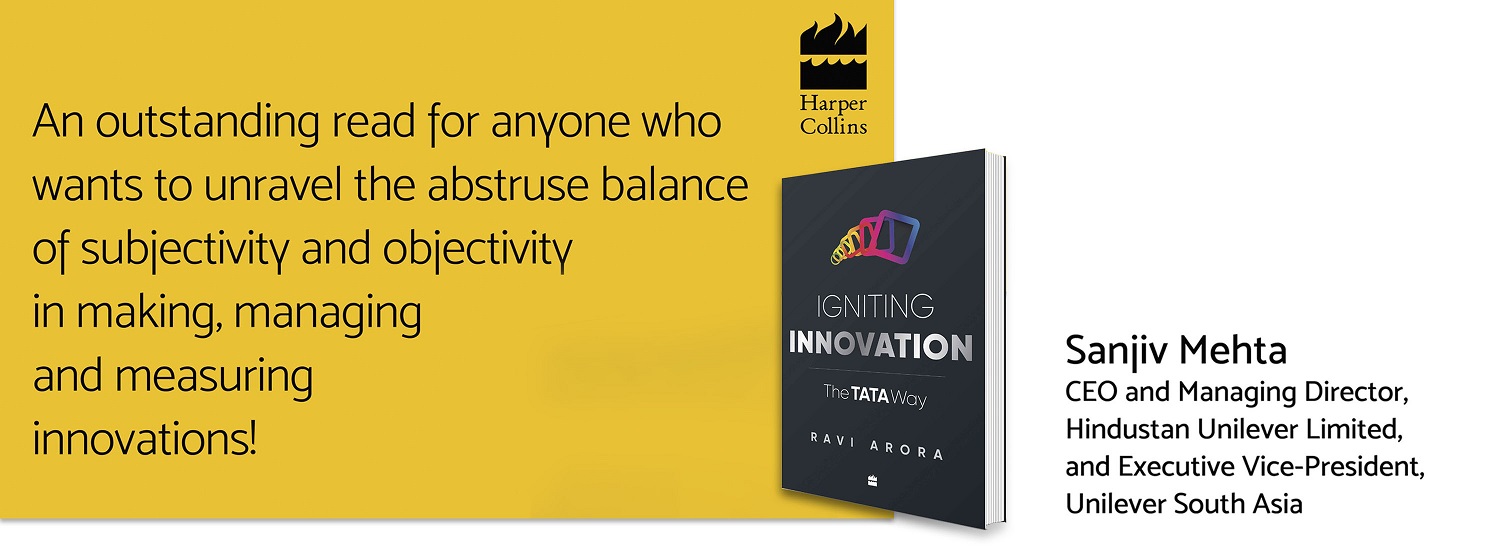
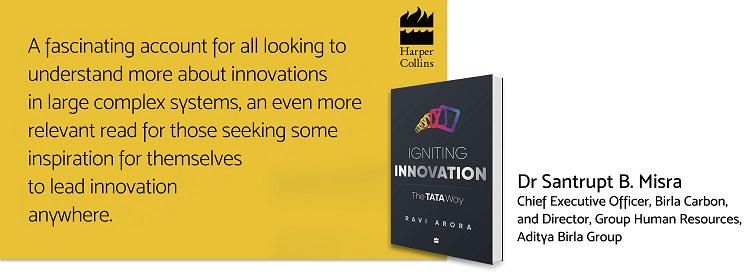
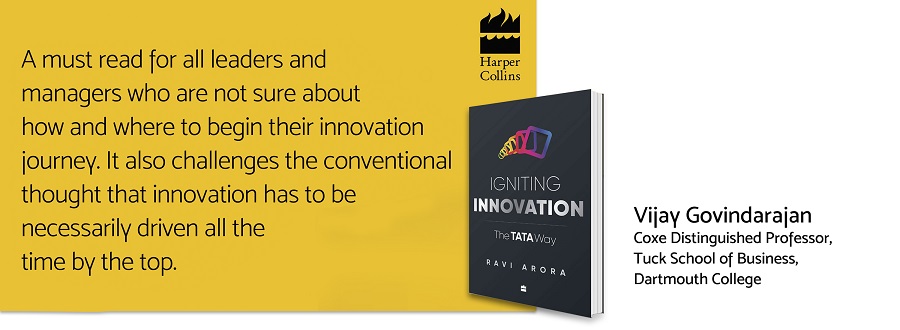
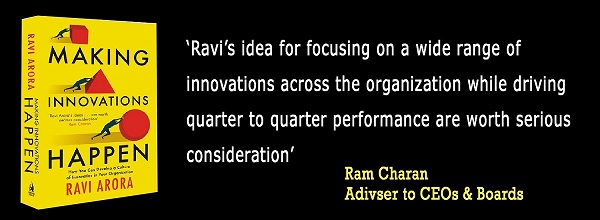
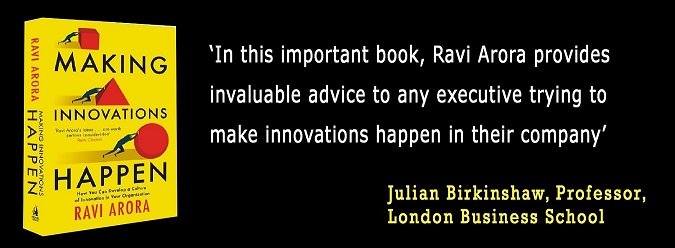
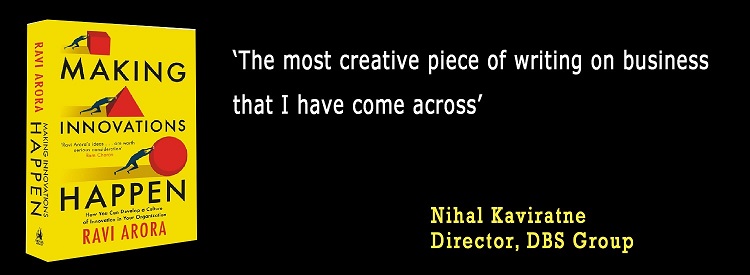
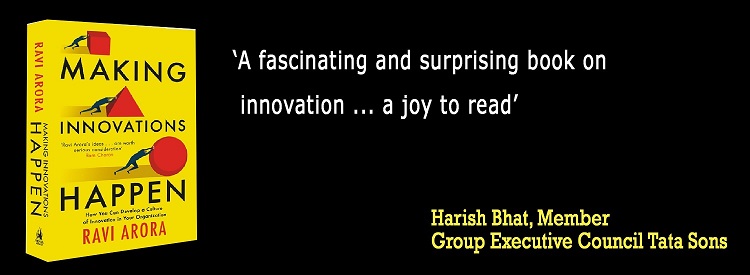
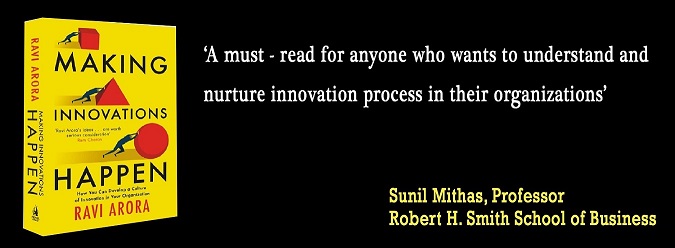
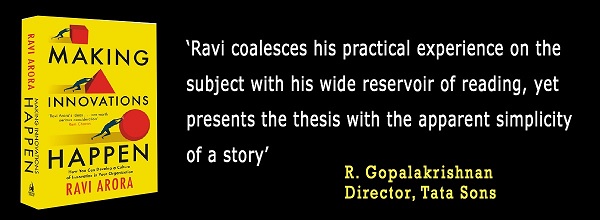
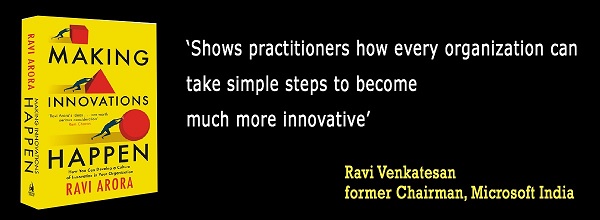
In the previous post I defined ‘culture’ and explained how a specific element of culture can be built or shaped by persistent use of processes in the organization. The innovation enthusiasts wanted ... Read More
‘We don’t have a culture of innovation’ is the most common reaction that one gets from leaders and managers who are not happy with the intensity of innovations in their ... Read More
In the previous post I explained why Innovations are always top-down. They are never bottom up. I also explained that every manager is at the top of his/her organization and hence can ... Read More
All innovations result in change – either in a process or in a product or in a service. Attempts to make changes to process, product or service result in a ... Read More
Customers and stock markets develop their perception about the current and future products, which serves as a key input to decide the Most Innovative Companies. We see R&D function as ... Read More
Innovation has newness and it generates value. Creativity results in newness and sometimes generates immediate value. Do you see the difference between the two? Most innovation consultants and trainers I ... Read More
Some organizations adopt innovation as an initiative and do whatever they could to make their employees participate in it. In my view, one of the best ways for established organizations ... Read More
Obstinacy and its detrimental effect on innovation was the subject that I discussed in the previous post of May, 2016. In the same post I also referred to ‘Zombie amnesties’, a program through which such projects (that are continuing because of obstinacy) could be discontinued and this act should be celebrated. If company organizes ‘Zombie amnesties’ in which people do come forward and participate, it is a strong indicator that the company has a culture of ‘Freedom to fail’. ... Read More
A lot has been researched and written about the implementation or execution challenges related to Innovation. Perseverance is the key attribute that one needs to have to complete the journey from idea/concept to innovation. Perseverance is important for this journey because one is expected to come across various risks, roadblocks, drags and failures. Like every good thing, Perseverance too has a negative side, which is perhaps known as Obstinacy. In this post, I have made an attempt to explain how and why this transition from Perseverance to Obstinacy happens and what should managers and their supervisors do to avoid and overcome. ... Read More
We need to break this dichotomy (Most profit making and most innovative) and the only way to do is to give appropriate importance to process innovations that save or reduce cost. I urge the ERP companies to provide a solution (which is not difficult and I am ready to support) so that process innovations get their due influence in deciding the most innovative companies of the world. ... Read More
Things have changed in the last several decades. A large part of manual processes have been automated. The IT systems have additionally (through self-service) helped in reducing the variances from the manual processes. This automation has also reduced the efforts that are needed for innovation – but only in the implementation of the idea. There are so many new ways that enable rapid prototyping, which didn’t exist in earlier days. The initial part of innovation that depends on creativity and human interaction is still not automated. ... Read More
In the last few months, I have expressed my views on the challenges that shroud most established companies to innovate as much as they could. Most challenges and related solutions have been discussed in details in my book. During the presentations that I have made in the recent past to explain the key concepts of my book, some new issues have been raised by the audience. I know that the issues raised are confusing and debatable and I too have my own views on them. In this post, I will attempt to explain my response on one such issue raised by several audience – ‘We have been doing PDCA. Doesn’t it enable innovations? If not why?’ ... Read More
‘Market Share’ is a very commonly used term to compare performance of a company amongst its competitors. It is nothing but the ‘Revenue Market Share’ (I call it ‘Share of Revenue’ in this article). In simple terms, it means revenue of the company as a percentage of overall revenue generated by everyone in the same industry. ... Read More
Fortune tellers are quite popular in India and hopefully in many parts of the world. Most of us in India would have shown our hands (mostly right) to palmists who are often visible in Malls, parks, temples, street side and other public places. Many people have a family palmist and there are professional palmists as well. Some of us may have seen a well-known fortune teller (including a palmist) during our bad times in our professional life or personal lives. ... Read More
A ‘promissory note’ is a legal instrument (more particularly, a financial instrument), in which one party (the maker or issuer) promises in writing to pay a determinate sum of money to the other (the payee), either at a fixed or determinable future time or on demand of the payee, under specific terms. ... Read More
In the recent years, there has been a lot of debate about the management of companies being too (over) focused on short term results to meet the expectations of stock market. People who support this view believe that this overt/intense focus by companies on short term is the key reason for companies to miss out on many innovative ideas that are picked up by individuals who give them life through the startups ... Read More
How often does your company make Long term (LT) strategy/plan? And short term (annual)? What inputs are considered for to prepare the performance goals of your people? How much is Annual plan or LT strategy considered for this purpose? How often is the output of LT strategy referred by people? Is it referred while making the next LT strategy? Is it even considered while making the next annual plan? ... Read More
Innovations have the chance factor; but how can we not make it a Lottery. Betting started as early as 205 BC in China.In the early days, the lotteries tickets were distributed by rich people to present gifts to their guests. Later, in 15th century the public lotteries were conducted to raise funds for the purpose of war or to help the poor. ... Read More
Let us ponder about the problems with the new year resolutions. To do this, think about the following: How many of us take new-year resolution? Every Year? How many of us are able to fulfill them? Now let us also think about the commitments we make to attend a social event or a business meeting that is scheduled a few months later? ... Read More
